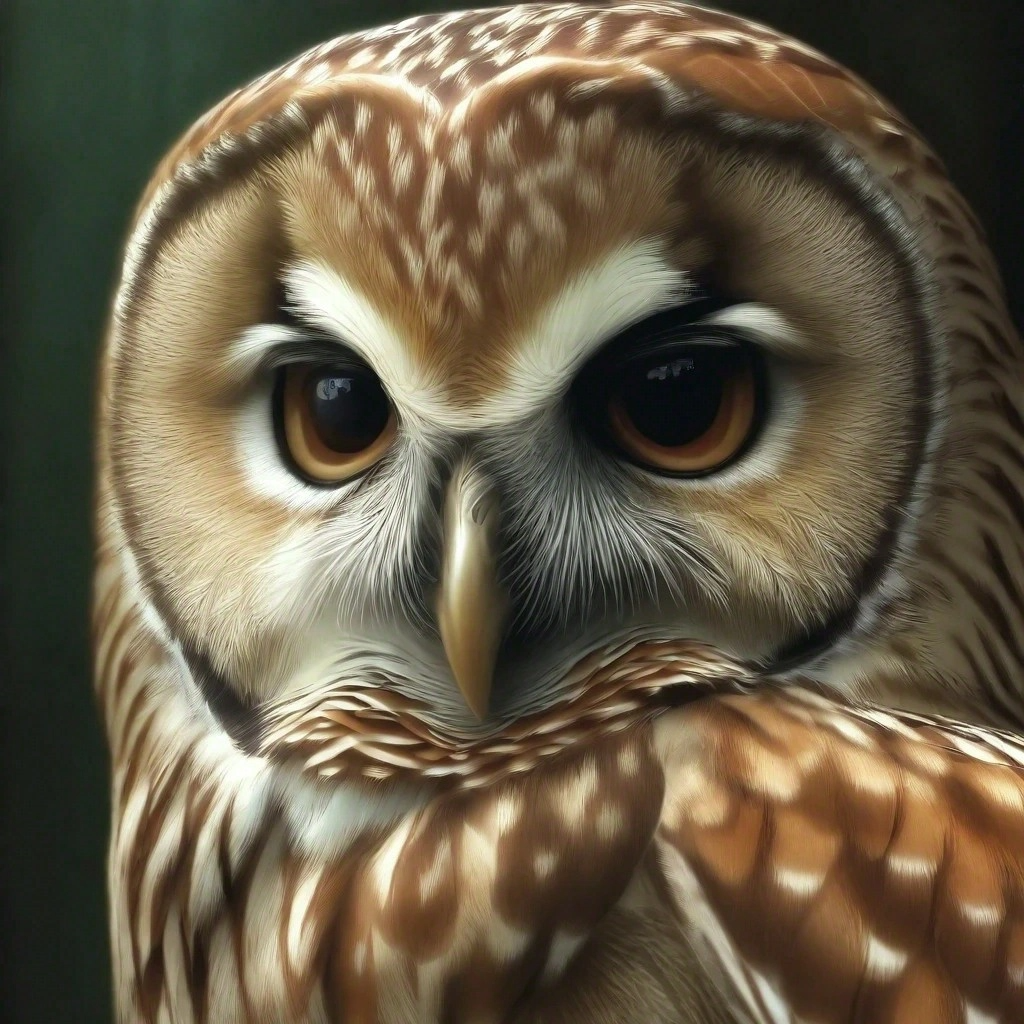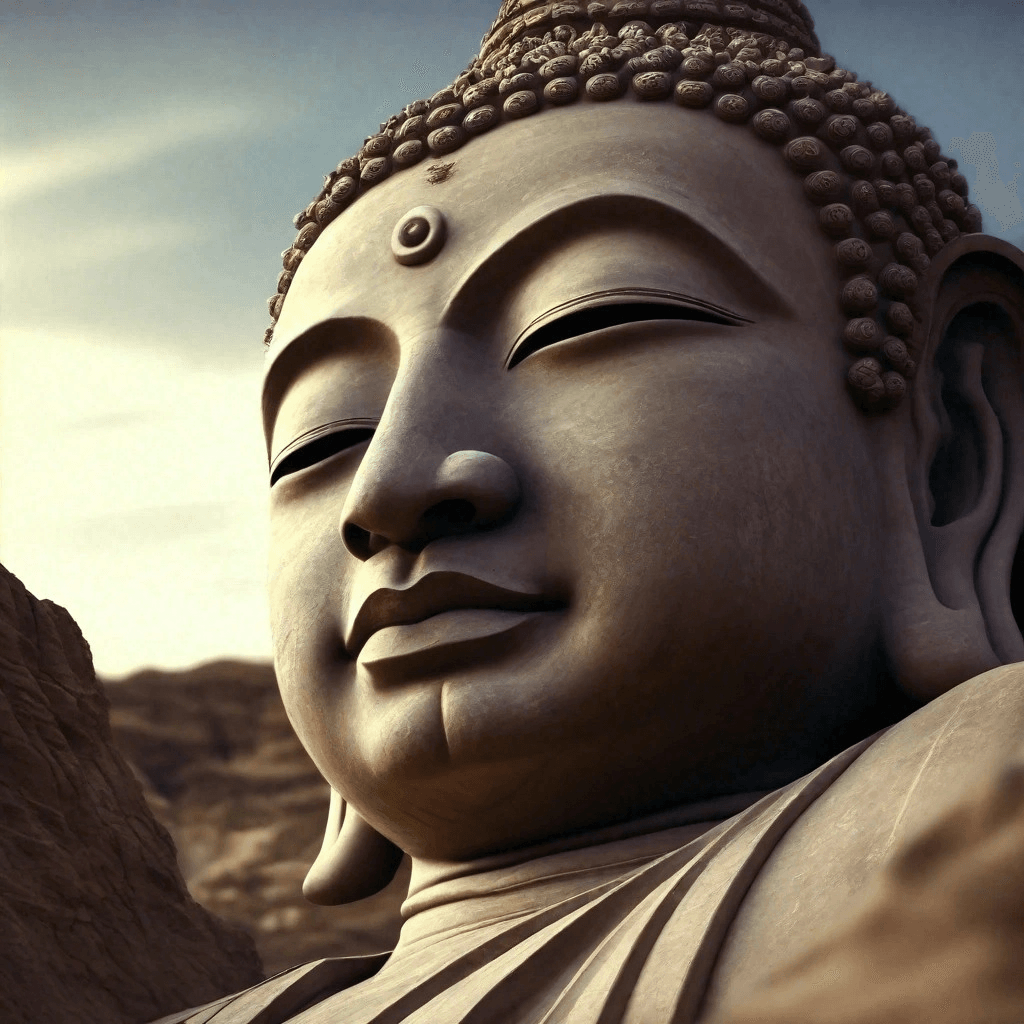
3.How to Master the Downward-Facing Dog Pose
How to Master the Downward-Facing Dog Pose
The Downward-Facing Dog (Adho Mukha Svanasana) is one of the most iconic and fundamental poses in yoga. It’s a versatile posture that serves as a great stretch, strengthens multiple muscle groups, and helps prepare you for more advanced poses. Mastering this pose can greatly enhance your overall yoga practice. Here’s a step-by-step guide to help you achieve and perfect Downward-Facing Dog:
1. Set Up Your Foundation
Start on Your Hands and Knees:
– Begin in a tabletop position with your wrists directly under your shoulders and knees under your hips.
– Spread your fingers wide and press firmly into the mat. This helps create a stable base and distributes your weight evenly.
2. Engage Your Core and Lift Your Hips
Tuck Your Toes and Lift Your Hips:
– Tuck your toes under and slowly lift your hips towards the ceiling, creating an inverted “V” shape with your body.
– As you lift your hips, imagine drawing your pelvis up and back, keeping your spine long.
Engage Your Core:
– Pull your navel in towards your spine to engage your core muscles. This helps maintain stability and prevents your lower back from sagging.
3. Position Your Feet and Legs
Align Your Feet:
– Keep your feet hip-width apart, with your heels slightly lifted or pressed towards the floor. Don’t worry if your heels don’t touch the mat; the focus should be on stretching and lengthening the legs.
Straighten Your Legs:
– Aim to straighten your legs as much as possible without locking your knees. It’s okay to have a slight bend in your knees if it helps you keep your back straight and hips high.
4. Open Your Shoulders and Arms
Stretch Your Arms:
– Press firmly into your hands, spreading your fingers wide. This helps activate the muscles in your arms and shoulders.
– Ensure your elbows are slightly bent and not hyperextended. This creates space in your shoulders and prevents strain.
Relax Your Neck:
– Keep your head between your arms, with your ears aligned with your upper arms. Avoid collapsing your neck by gazing toward your navel or thighs, allowing your neck to remain in a neutral position.
5. Maintain Proper Alignment
Check Your Alignment:
– Your body should form a straight line from your wrists to your hips and from your hips to your heels. The pose should resemble an inverted “V.”
– Engage your quadriceps and press your thighs back to deepen the stretch in your hamstrings.
Breathe Deeply:
– Take slow, deep breaths as you hold the pose. Inhale deeply through your nose, allowing your ribcage to expand, and exhale fully, drawing your navel in.
6. Common Mistakes to Avoid
Avoid Overarching Your Back:
– Ensure your back is not rounding or arching excessively. Engage your core to support your spine and keep your back flat and long.
Don’t Neglect Your Hands and Feet:
– Ensure your weight is evenly distributed between your hands and feet. Pressing too much into either can cause imbalance or strain.
Avoid Straining Your Shoulders:
– Keep your shoulders away from your ears and avoid collapsing them. Engage your shoulder blades and draw them down your back to create space.
7. Modifications and Variations
Use Props:
– If you find it difficult to reach the floor with your heels, place a yoga block under your feet or hands for additional support.
Bend Your Knees:
– If you’re working on flexibility, keep your knees bent to allow for a deeper stretch in your back and legs.
Try the Wall Variation:
– Practice Downward Dog facing a wall. Place your hands on the wall and walk your feet back until you achieve the pose. This helps you get used to the alignment and depth of the pose.
8. Incorporate Downward Dog into Your Practice
Use as a Transition Pose:
– Downward Dog is often used as a transitional pose between other asanas. Practice transitioning smoothly in and out of this pose to improve flow and fluidity in your practice.
Hold and Breathe:
– Start by holding Downward Dog for 5-10 breaths. Gradually increase the duration as you build strength and flexibility.
Practice Regularly:
– Incorporate Downward Dog into your daily practice to refine your technique and build strength and flexibility.
Final Thoughts
Mastering Downward-Facing Dog requires practice and patience. Focus on aligning your body, engaging your muscles, and maintaining a steady breath. With consistent practice and attention to detail, you’ll not only master the pose but also experience its numerous physical and mental benefits. Embrace the journey and enjoy the strength, flexibility, and calm that this foundational pose can bring to your practice.



